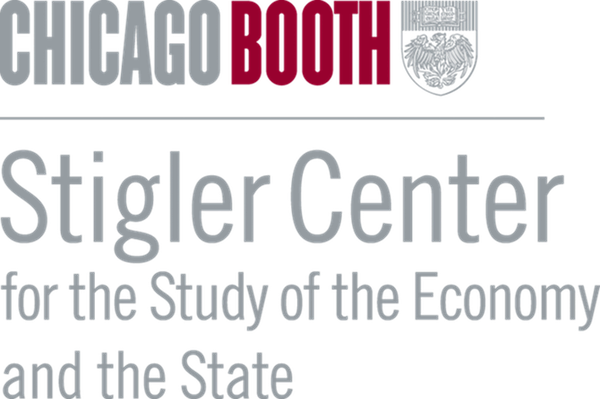regulatory capture
The Incredible Shrinking of Non-Cartel Antitrust
Eleanor Fox evaluates "The Political Economy of the Decline of Antitrust Enforcement in the United States" by Professors Lancieri, Posner, and Zingales, praising its revelations on the depth of corporate capture while challenging its narrative of judicial and regulatory dissembling on promises to uphold antitrust.
The Surprising Culprit Behind Declining US Antitrust Enforcement
In contrast to a recent paper that argues the decline in antitrust enforcement over recent decades is due largely to the political influence of big business, Herbert Hovenkamp argues that small businesses and trade associations have historically had more influence over antitrust policy, often lobbying for less competition and higher prices.
Global Giants Team Up to Control Trade Policy
Hao Zhang examines how global value chain partnerships among large, monopolistic firms in the US enable new forms of political coordination and coalition-building to influence trade policy in their favor, despite popular backlash against globalization.
Closing the Revolving Door Comes With Trade-offs
How prolific is the revolving door issue at the federal level? In a new paper, Joseph Kalmenovitz, Siddharth Vij, and Kairong Xiao analyze the prevalence of revolving door behavior in the United States government and discuss the impacts of limiting private sector job prospects for regulators.
The Market for Markets Is Captured
George Stigler posited that economic regulation is best understood as a product created via a market process. In the market for regulation, different participants—such as politicians, firms, and voters—buy and sell the rules of the game to serve their individual interests. In new research, Jac Heckelman and Bonnie Wilson use Stigler’s theory of economic regulation and special interest capture to study why foreign aid to developing countries that is tied to market reform has not successfully accomplished its goals.
Holding Up the News
Meta has silenced news organizations’ social media accounts in response to Canada’s Online News Act, a law not yet in effect. Josh Braun describes the reasoning behind such legislation, its potential flaws, and how Meta, particularly Facebook, has turned the Canadian wildfire crisis into a regulatory pressure campaign.
Family Ties as Corporate Power
Pablo Balán explains that family ties provide firms with an edge in collective action that enables them to be politically active through campaign donations, to engage in financial rent-seeking by obtaining subsidized state credit, and to bypass regulation seeking to curtail the influence of business by substituting individual contributions for corporate contributions. Scholars and advocates can benefit from a deeper understanding of organizational constraints to programmatic reform.
Australian PwC Scandal Reeks of Regulatory Capture
Accounting firm Price Waterhouse Cooper was recently forced to sell its government consulting business after using privileged information to help firms evade taxes. Richard Holden examines the scandal and explains why the response from the Australian Tax Office points to regulatory capture by the big 4 accounting firms.
Should We Regulate the Revolving Door of Regulators?
Is the revolving door of top regulators one of the reasons for a lack of good regulation? Based on her recent research, Elise Brezis...
Corporate Political Responsibility in a Captured Economy
Most attention on corporate governance has focused on businesses’ social responsibility. Claudine Schneider and Ed Dolan write that businesses need to take into account...





